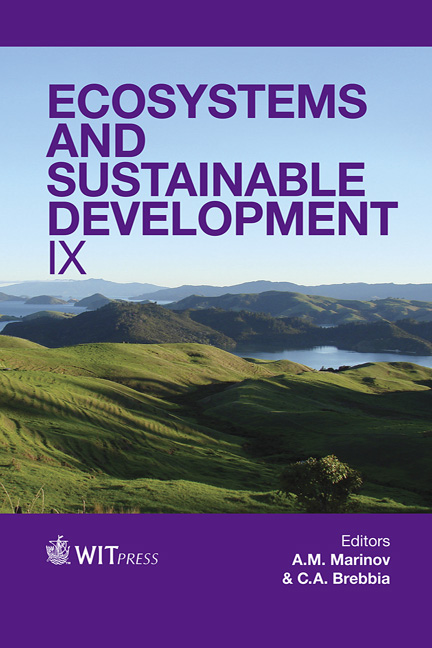Net Zero Station Design For The Cooper Center For Environmental Learning In Tucson, Arizona
Price
Free (open access)
Transaction
Volume
175
Pages
11
Page Range
191 - 201
Published
2013
Size
2,611 kb
Paper DOI
10.2495/ECO130161
Copyright
WIT Press
Author(s)
A. Al-Hashim, L. Spiric, N. Chalfoun & C. Moeller
Abstract
Many old buildings in Tucson were built in the pre-energy code era, have poor performance, and consume immense amounts of energy. By optimizing performance of these buildings, energy consumption is reduced while also presenting the opportunity for the buildings to be converted into an energy generating stations. This research project focuses on promoting environmental awareness by ensuring that the reader acquires relevant conceptual tools and skills to address climate changes and reduce air pollution through wise choices in the built environment. To accomplish this goal, an existing structure at the Cooper Center for Environmental Learning in Tucson, Arizona was re-designed into a Net-Zero energy building. This paper describes the process of design and evaluation of the performance of two of the old buildings at Cooper Center site and how they could be converted into Net-Zero stations that supply the whole campus with energy. The process was divided into two stages; Pre-Net-Zero and Net-Zero. After designing passive strategies for the existing cabins on-site, it was found that the required energy is approx 29,282 kW/hr, which can be produced by adding a 58 PV panel shade structure on the Net-Zero station. Keywords: net zero station, performance, energy generating, passive strategies.
Keywords
Keywords: net zero station, performance, energy generating, passive strategies.





